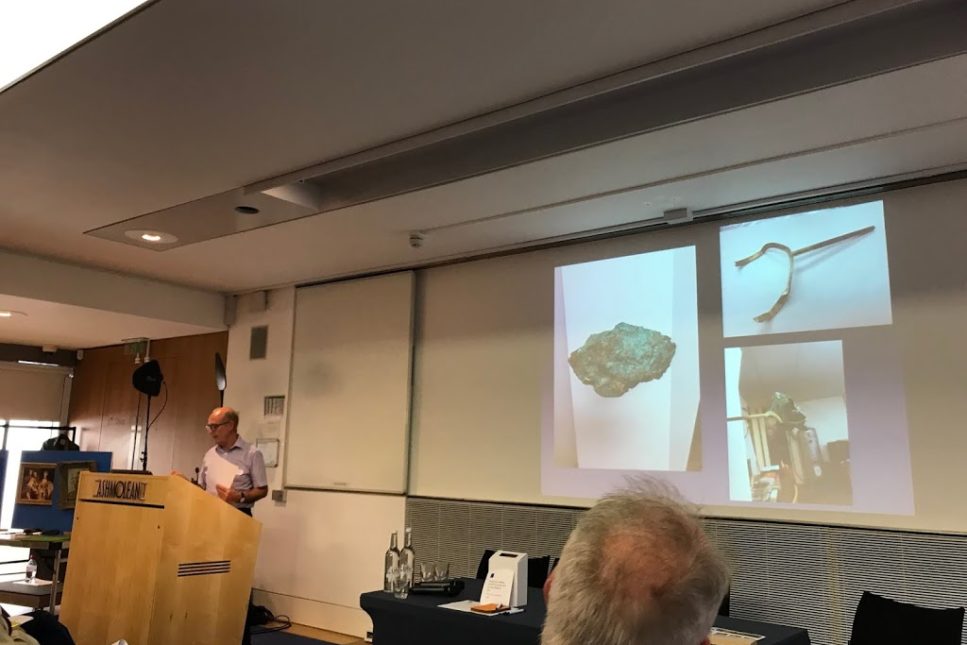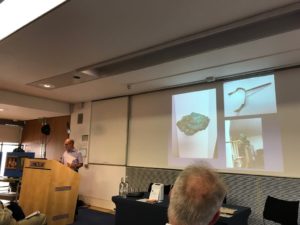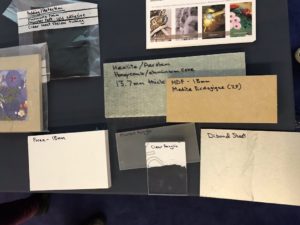
Mounting & Display of 3D Objects.
Richard Rogers ACR, Founder and Managing Director of Richard Rogers Conservation Ltd
Richard Rogers started out as a silversmith, and since then has carved out a 40-year career in the design and implementation of 3D object mounts. He has worked on some amazing exhibitions over the years, early examples being English Romanesque Art at the Hayward Gallery and Age of Chivalry: Art in Plantagenet England at the Royal Academy in the 1980s. He also worked on the redevelopment of the Imperial War Museum; the first-time round, and again 26 years later when the WWI Gallery was revamped in 2015! More recent exciting projects have included a display of ship figureheads at the Cutty Sark and the Ice Age exhibition at the British Museum.
Key to deciding on a mount is the condition of the object and the fragility of its surfaces. Safety and preservation of an object must come before any aesthetic choices. Weight, strength and the suitability of showcases are important to discuss early. Have all materials been subject to the Oddy Test? Design is also important, and so early conversations between the designer and conservators should be had for a coordinated approach. A coherent display will generally have consistency in its materials, so the presentation of 3D objects should be considered early. Seek advice from a mount maker, who can offer sympathetic recommendations while also prioritizing conservation.
Richard talked us through the basic materials of mounts and brought in some sample materials to look at. He described brass armatures, security mounts with concealed fixings, and the fabrication of metal mounts at the workshop. We looked at ZFMDF, which is not particularly liked by mount makers as it is messy to cut. Forex cuts cleanly, can be used as a showcase inner and can be sprayed to different finishes. Acrylic is a good option for book cradles as it can be contoured to support the spine of a book. It has a range of thicknesses, finishes and comes in a UV grade. Hexlite is light and strong and can be wrapped in fabric and Dibond is a thin, shiny material, which can’t take much weight. Protective materials often used in conjunction with mounts include polyester felt, clear Melinex sheets and clear tape (for securing book pages), aluminium tape, and Dacrylate lacquer.
Richard described how on a project there will often be multiple visits required, first to see the objects and measure up to make a template, then for any tweaking. The take-home message from Richard’s presentation was just how wide a range of practical methods there are for displaying 3D objects creatively. Speaking early on with a mount maker during the design process of an exhibition or display allows time for creative flare and clever solutions.
Written by Lucy Davis, Assistant Exhibitions Manager, Royal Academy of Arts

 Instagram
Instagram  LinkedIn
LinkedIn  Twitter
Twitter  My Account
My Account 
